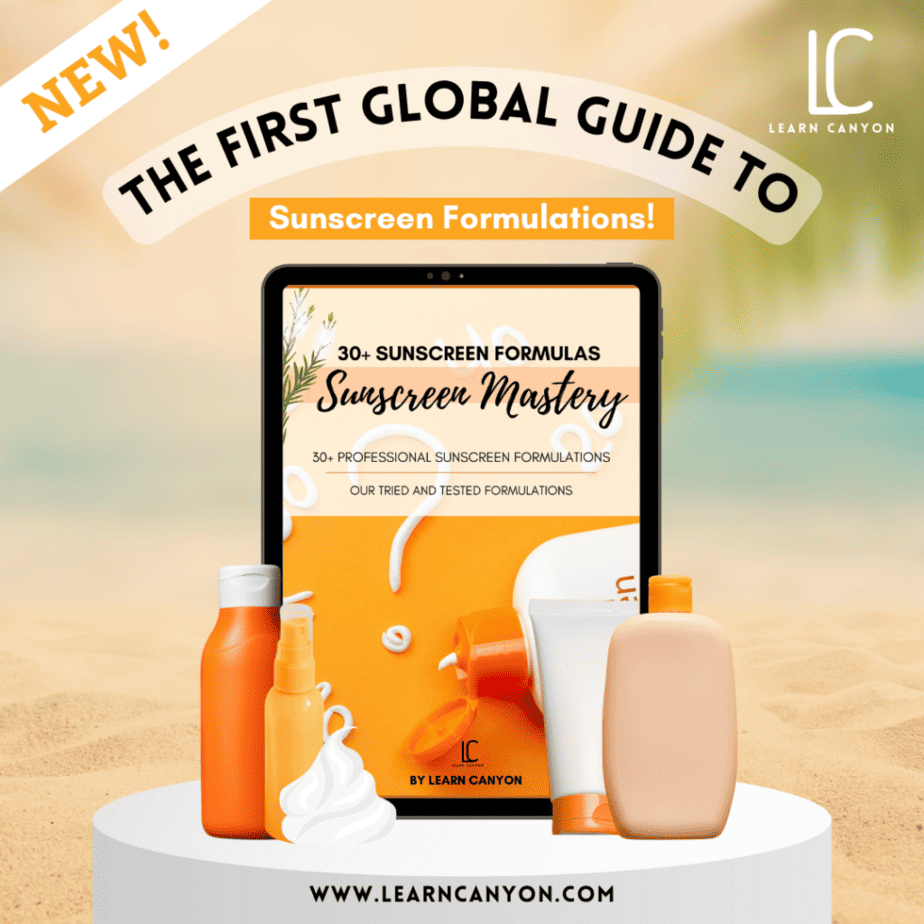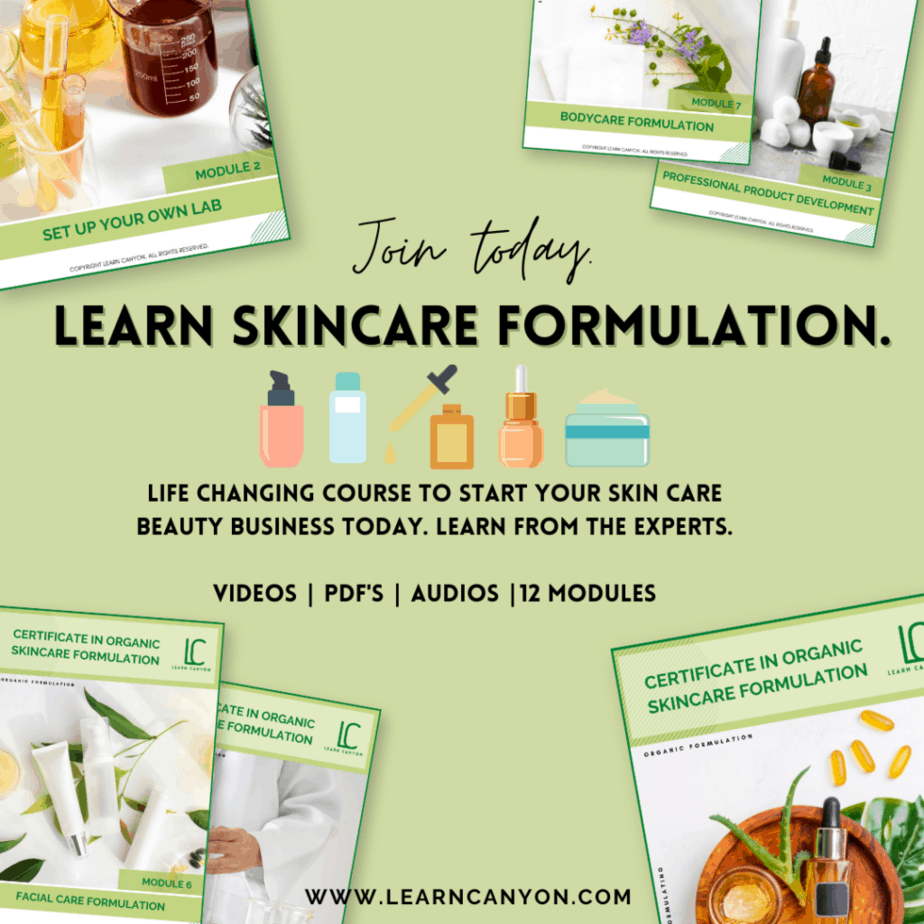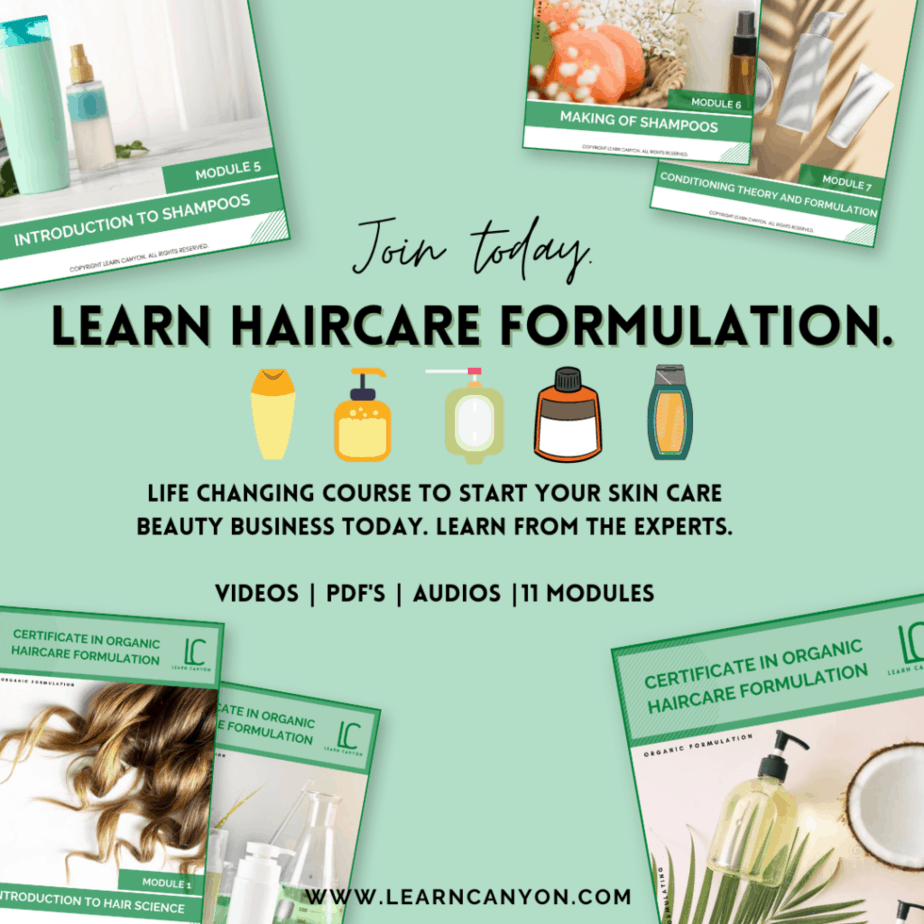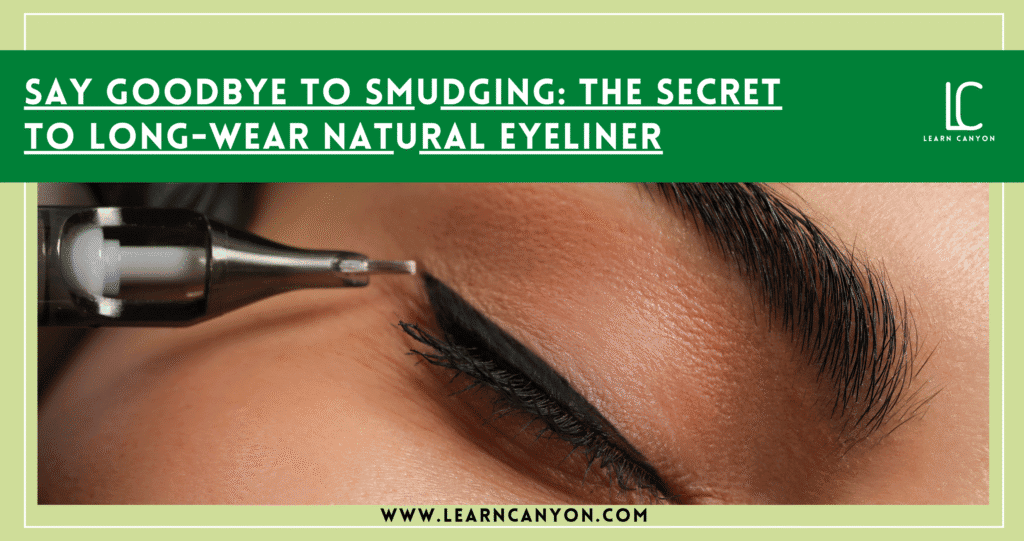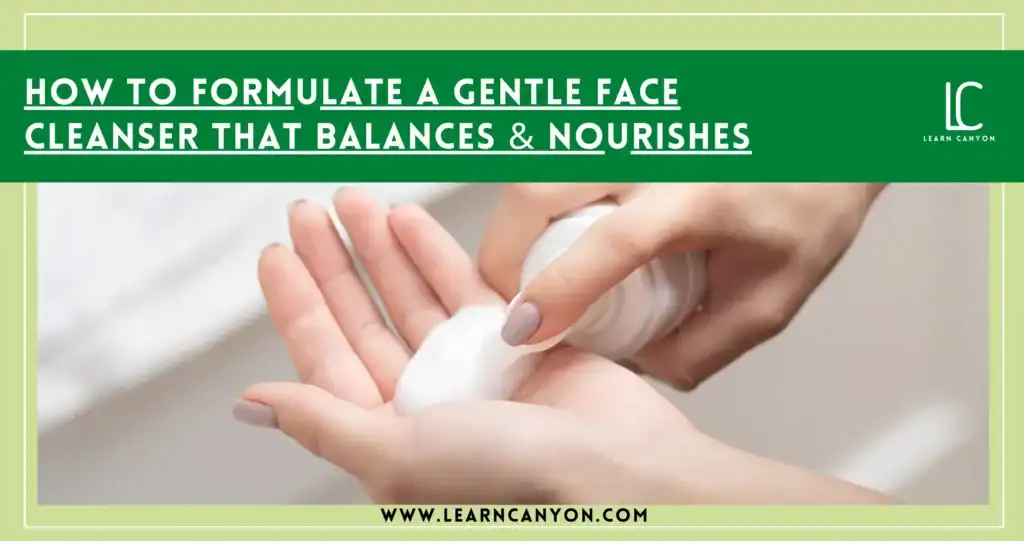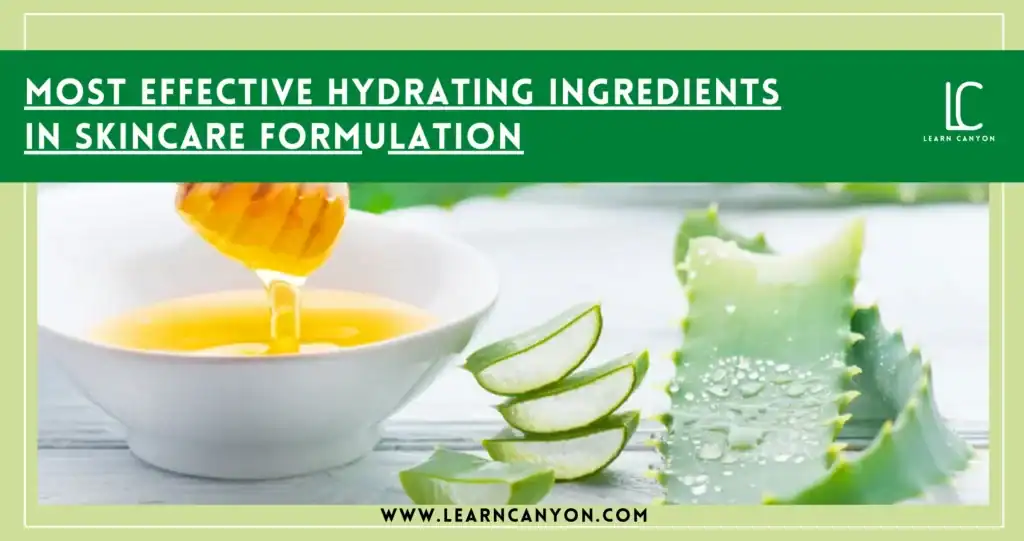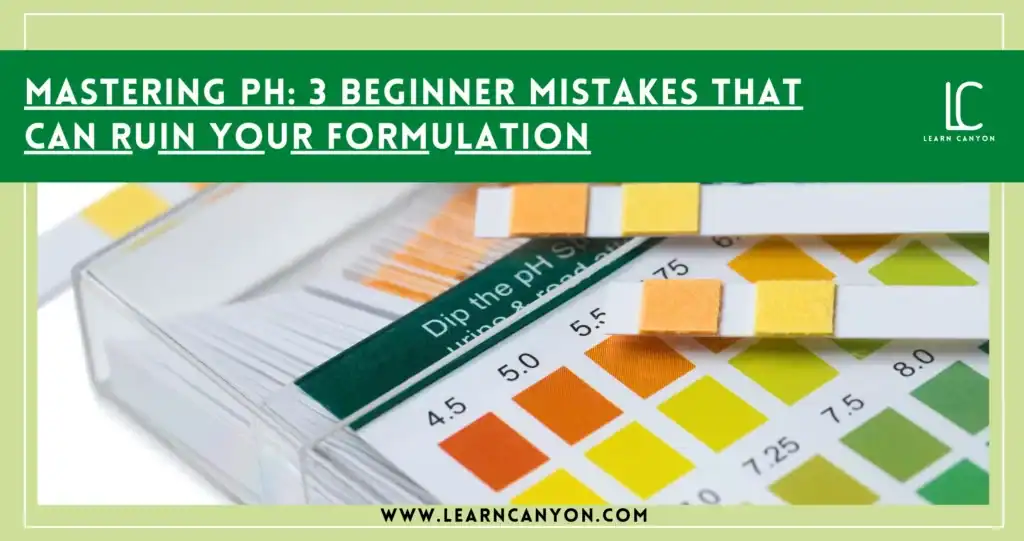Let’s be honest, eyeliner is that one product most of us reach for when we want to feel instantly put together. It defines, lifts, and adds character to the eyes with just a single stroke. But here’s the catch: while conventional eyeliners may stay all day, they’re often packed with synthetic dyes, harsh preservatives, and petroleum-based ingredients that have no business being that close to your eyes. As a formulator who’s obsessed with clean beauty and performance, I’ve always believed we shouldn’t have to choose between safety and staying power.
Natural eyeliners have come a long way, but there’s still a perception that they smudge easily or don’t deliver that bold, crisp line. That’s where smart formulation steps in. When you understand the role of each ingredient, from waxes and pigments to film-formers, you can absolutely create an eyeliner that’s gentle, high-performing, and seriously long-wear. So if you’ve been dreaming of a natural eyeliner that won’t betray you by noon, you’re in the right place. Let’s get into it.
Understanding the Basic: What Makes Eyeliner Smudge or Stay?
Alright, let’s get into the juicy part, why does eyeliner smudge in the first place? And more importantly, how do we make it stay exactly where we applied it?
It really comes down to the balance of oils, waxes, and pigments in the formula. If your eyeliner is too oily or has soft butters without enough structure, it’ll melt with body heat or humidity, hello smudged panda eyes! On the flip side, if the formula is too dry or wax-heavy, it’ll tug on the skin and crumble instead of gliding smoothly.
Another factor?
The type and amount of pigment you use. Too much pigment without proper dispersion can lead to patchiness, flaking, or even poor adhesion. And let’s not forget the finish, whether you’re aiming for matte, satin, or glossy, that impacts how long it wears and how much it transfers.
Now here’s the formulator’s trick: using just the right amount of wax for structure, oils for glide, and natural binders or film-formers to help the product set and stay put. Think magnesium stearate, acacia gum, or even rice powder for better adhesion and staying power, without compromising on safety.
So if your eyeliner is slipping off or not staying intense throughout the day, chances are it’s not the pigment’s fault, it’s the formulation harmony that needs a little fine-tuning.
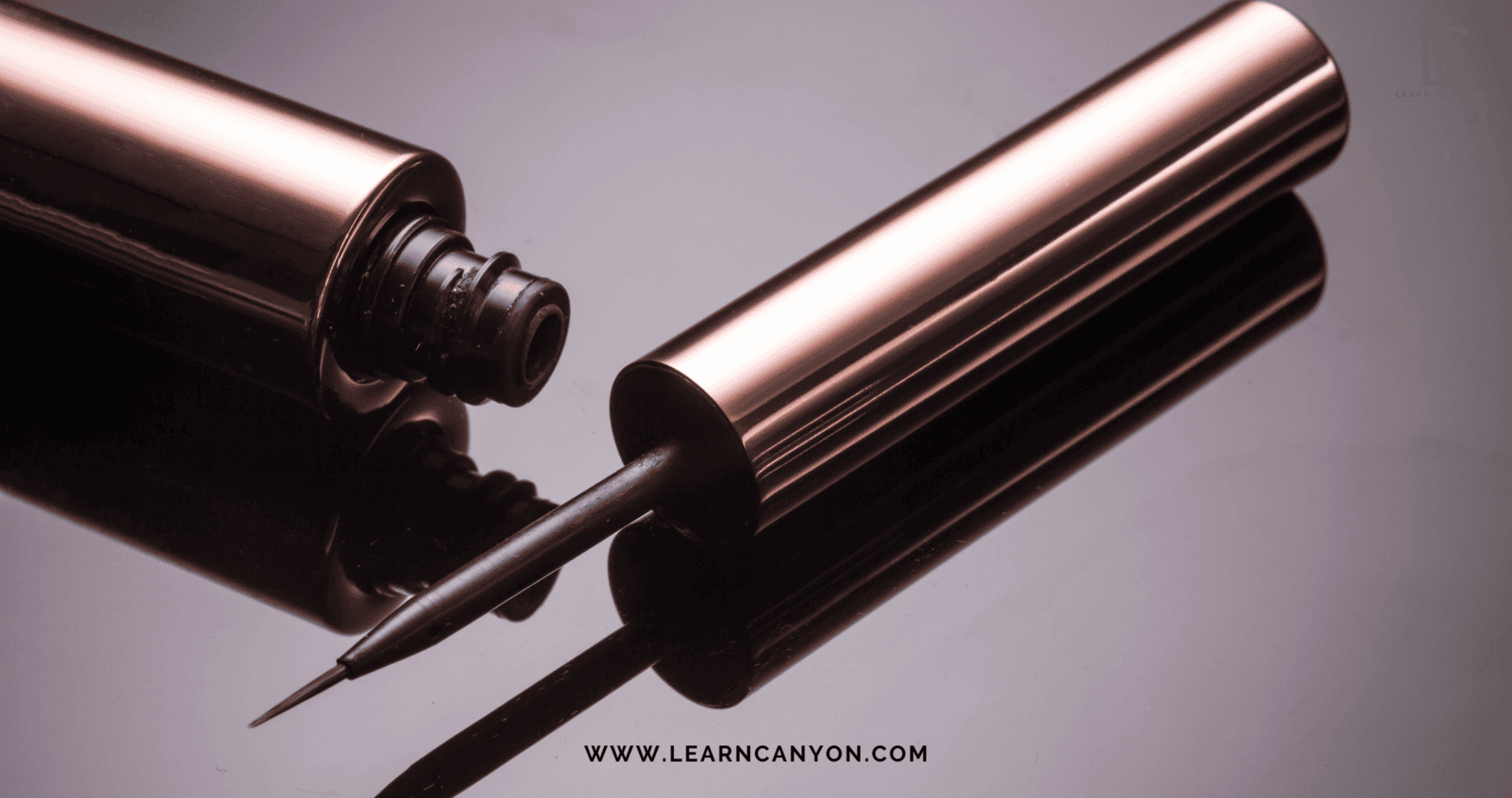
Key Ingredients That Matter in a Natural Eyeliner Formula
When it comes to formulating a natural eyeliner that actually stays put, it’s all about choosing the right building blocks. Each ingredient in your formula has a role to play, not just in how the eyeliner feels, but in how it performs on the skin.
Let’s start with waxes. These are the backbone of your eyeliner, giving it structure, firmness, and staying power. I love using a combination of Carnauba wax (for a higher melting point and long wear), Candelilla wax (for a soft glide), and sometimes Beeswax (for a creamy texture and adhesion). The wax blend is what determines whether your eyeliner will hold its shape in the heat or smudge with every blink.
Then come the oils and butters, which give slip and help the product apply smoothly. But be cautious here, too much, and your eyeliner might end up migrating. I go for lightweight, non-greasy options like Jojoba oil, Camellia oil, or a touch of Shea butter ester for that silky application without excess greasiness.
Now, let’s talk about pigments. You want intensity, right? Iron oxides are your go-to for deep blacks, browns, or even muted blues. They’re safe, stable, and offer strong coverage. But pigment dispersion is everything. If pigments aren’t well-bound, they can flake or fade. That’s why magnesium stearate or zinc stearate can be a game-changer, they act as binders and improve adhesion.
To help with smudge resistance and longevity, I also add natural film-formers like acacia gum, or absorbent powders like rice powder or kaolin clay, which help set the eyeliner once it’s applied. These also keep oiliness in check, especially for oily eyelids.
And finally, if you’re making a cake or gel eyeliner, a humectant like glycerin (used sparingly) or aloe vera extract can offer that smooth texture when reactivated with a brush, without compromising the formula’s stability.
So yes, the secret to a smudge-free natural eyeliner isn’t just “less is more”, it’s about smart layering of clean ingredients that each play their part like a well-rehearsed orchestra.
Formulating for Performance: Smudge-Resistance, Glide & Dry Time
Let’s be real, no one wants a natural eyeliner that looks beautiful in the jar but ends up halfway down the cheek by noon. Performance is everything, and as a formulator, this is where we really get to work our magic.
First up: smudge-resistance. This comes down to structure and setting. A strong wax base, like carnauba or candelilla, helps the liner hold its shape and resist heat. But the secret weapon? Insoluble powders and binders. Think magnesium stearate or zinc oxide, they help lock pigments in place and reduce transfer. Adding a small amount of natural clays or starches (like rice or arrowroot) also creates a mattifying effect, absorbing excess oil from the skin and improving hold.
Now let’s talk glide. This is such a balancing act. You want your eyeliner to apply smoothly without dragging the delicate eyelid skin, but you also don’t want it so soft that it melts off the moment things heat up. I love using oils like jojoba or camellia seed in small, calculated doses, they mimic skin’s sebum, providing that silky feel without making the formula greasy. Esters like isoamyl laurate or coco-caprylate can also add slip while keeping things lightweight.
And then there’s dry time, especially important if you’re working on a gel or cream format. You don’t want your eyeliner slipping around for 10 minutes before it sets. Here, using fast-evaporating carriers like a dash of natural alcohol (if you’re working on a hybrid liquid) or volatile plant esters can help. For cake eyeliners, the trick is all in the compacting and binder ratio, once it’s applied with a wet brush, it should dry down quickly and stay locked in.
Bottom line? A high-performing natural eyeliner isn’t just about choosing clean ingredients, it’s about blending them with intention. Smudge-resistance, smooth glide, and reasonable dry-down time are absolutely possible with a plant-based palette, you just have to tune the formula like a pro musician tunes their instrument. And trust me, once you nail that balance? Chef’s kiss.
Tools and Equipment: Getting the Precision You Want
Let’s talk tools, because even the most beautifully formulated eyeliner needs the right equipment to look and feel professional. Whether you’re crafting a creamy pencil, a compact cake, or a sleek gel, the tools you use during formulation and application make all the difference in performance and precision.
If you’re working on a pencil eyeliner, you’ll need a good-quality lip balm or eyeliner pencil mold. These allow you to pour your hot, wax-based formula directly into the shape of a pencil that can later be sharpened. I recommend using molds made from durable silicone or aluminum, they help the pencil set quickly and evenly. A small melting pot with precise temperature control is also a must to avoid overheating sensitive oils or pigments.
For cake or pressed eyeliners, your best friends are metal pans, compact pressing tools, and a binder spray if you’re going the powder route. You’ll need a sturdy pressing machine (or even a manual hand tamper for small batches) to get that solid, professional finish. Don’t forget to clean and sanitize everything, especially when you’re working with anything that goes near the eyes.
Now, if you’re formulating a gel eyeliner, you’ll need small airtight jars, spatulas, and a homogenizer (if you want that ultra-smooth, air-free texture). Precision here also means choosing the right applicator, so think about the end-user: are they using a brush, an angled tip, or a twist-up pot?
And here’s a fun tip from my lab bench, pipettes and mini digital scales are underrated heroes! They help you get those exact percentages right when adding pigments or active binders so your product doesn’t end up too soft, too dry, or uneven.
At the end of the day, precision isn’t just about how the eyeliner applies, it starts way earlier, in how you measure, mix, mold, and finish it. With the right tools in your kit, you’re not just making natural eyeliner, you’re crafting a clean, high-performance beauty essential that feels just as pro as any luxe brand on the shelf.
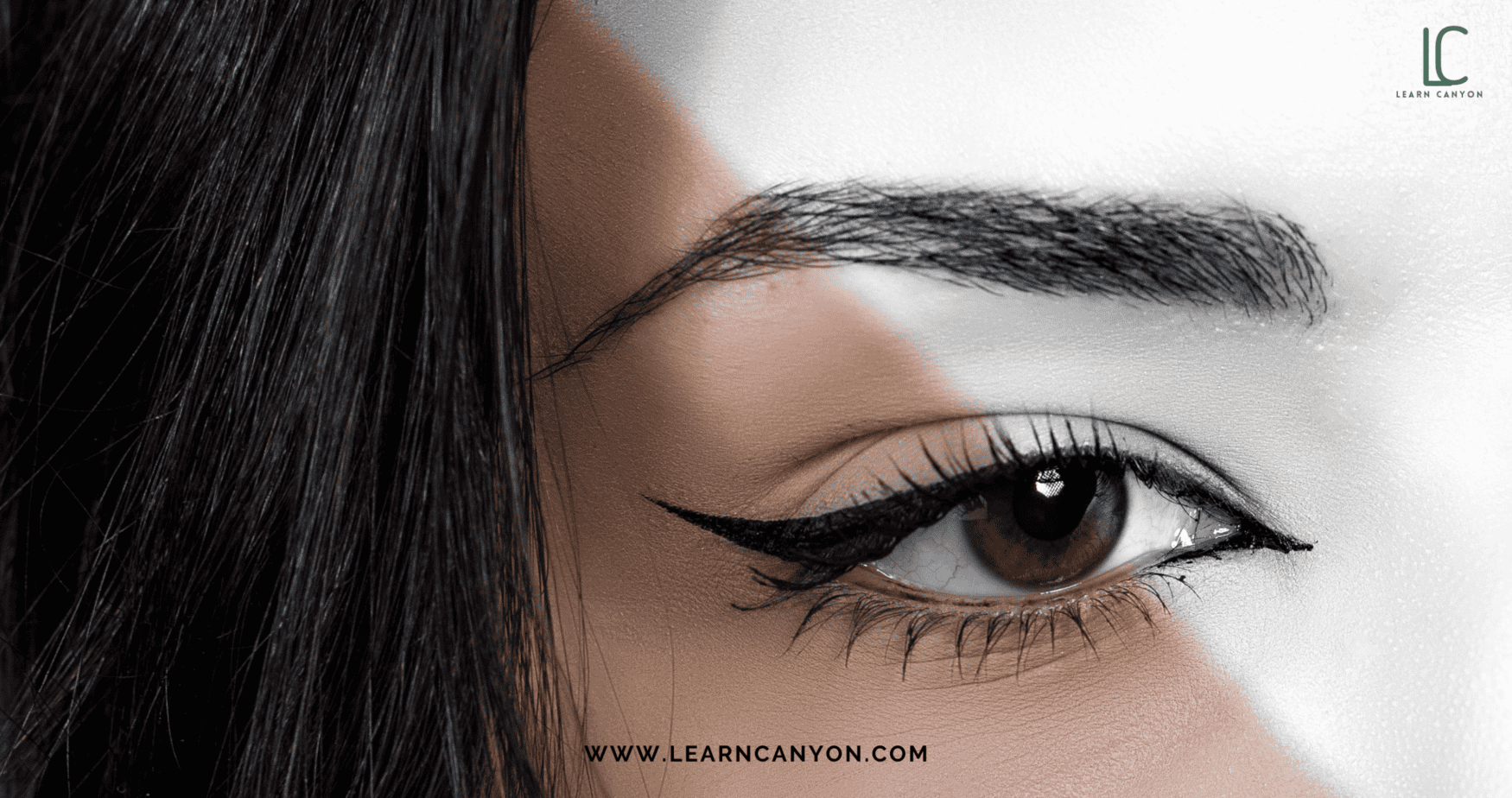
Priya’s Pick: Sample Natural Eyeliner Formula (Smudge-Free Pencil or Cake)
Alright, formulation lovers, this is where the magic happens. I’m sharing one of my favorite beginner-friendly, yet super effective eyeliner formulas. It’s rich, plant-based, and gives you that smooth-glide-meets-stay-put finish we all want in a natural eyeliner. This one’s for a cake eyeliner, which you can use dry for a soft shadow look or activate with a damp brush for that bold, precise line.
Priya’s Smudge-Free Natural Cake Eyeline
| Phase | INCI / Ingredient | % w/w | Function |
| Phase A – Dry Ingredients (71%) | Iron Oxide Black (CI 77499) | 40.0% | Main pigment, deep black color |
| Zinc Stearate | 8.0% | Binder, adhesion, slip | |
| Rice Powder | 13.0% | Filler, smoothness, absorbency | |
| Kaolin Clay | 7.0% | Oil absorption, texture control | |
| Magnesium Myristate | 4.0% | Improves slip, pressability | |
| Ultramarine Blue or Brown (optional) | 2.0% | Tone variation / undertone balance | |
| Phase B – Binder & Slip Agents (29%) | Simmondsia Chinensis (Jojoba) Seed Oil | 10.0% | Natural oil, binder, skin conditioning |
| Coco-Caprylate | 6.0% | Lightweight emollient, slip agent | |
| Euphorbia Cerifera (Candelilla) Wax | 5.0% | Hardness, structure | |
| Copernicia Cerifera (Carnauba) Wax | 3.0% | Firmness, longevity | |
| Tocopherol (Vitamin E) | 1.0% | Antioxidant, protects oils | |
| Broad-Spectrum Natural Preservative | 1.0% | Microbial protection (important due to water activation during use) | |
| Total | 100.00 |
Formulation Process
Step 1 – Preparation
- Sanitize all tools, containers, and workspace with 70% ethanol or isopropyl alcohol
- Pre-weigh all ingredients separately.
- Prepare a clean metal compact pan or small cake mold for pressing
Step 2 – Phase A (Pigment & Powder Base)
- Combine Iron Oxide, Ultramarine, Zinc Stearate, Rice Powder, Kaolin, and Magnesium Myristate in a clean mortar and pestle or small coffee grinder
- Grind or micronize until pigments are evenly dispersed and the blend looks uniform.
Tip: Proper grinding ensures a deep, even black and prevents streakiness.
Step 3 – Phase B (Binder Blend)
- In a heat-safe glass beaker, add Jojoba Oil, Coco-Caprylate, Candelilla Wax, Carnauba Wax, and Vitamin E.
- Place the beaker in a double boiler at ~75–80 °C until all waxes are melted
- Mix gently until the phase is fully homogeneous.
- Remove from heat and allow it to cool slightly (~65 °C)
- Add your broad-spectrum preservative (ensure the chosen preservative is heat-sensitive safe; if not, add at ≤45 °C)
Step 4 – Combining Phases
- Slowly drizzle Phase B (liquid) into Phase A (powder mix) while mixing continuously.
- Continue mixing until a dough-like paste forms. The texture should be smooth, not crumbly.
Tip: If it feels too dry → add 1–2 drops of jojoba oil. If too wet → add a pinch of kaolin/rice powder.
Step 5 – Pressing
- Transfer the mixture into a metal cake pan or compact mold.
- Place parchment paper on top and press firmly with a sanitised pressing tool (or a coin wrapped in cloth)
- Apply even pressure until the surface is smooth and compact.
Optional: use a magnetic compact for a professional finish.
Step 6 – Setting & Finishing
- Let the pressed eyeliner cake rest for 12–24 hours at room temperature to fully set.
- Label and package in airtight compacts.
- Store in a cool, dry place, away from direct sunlight.
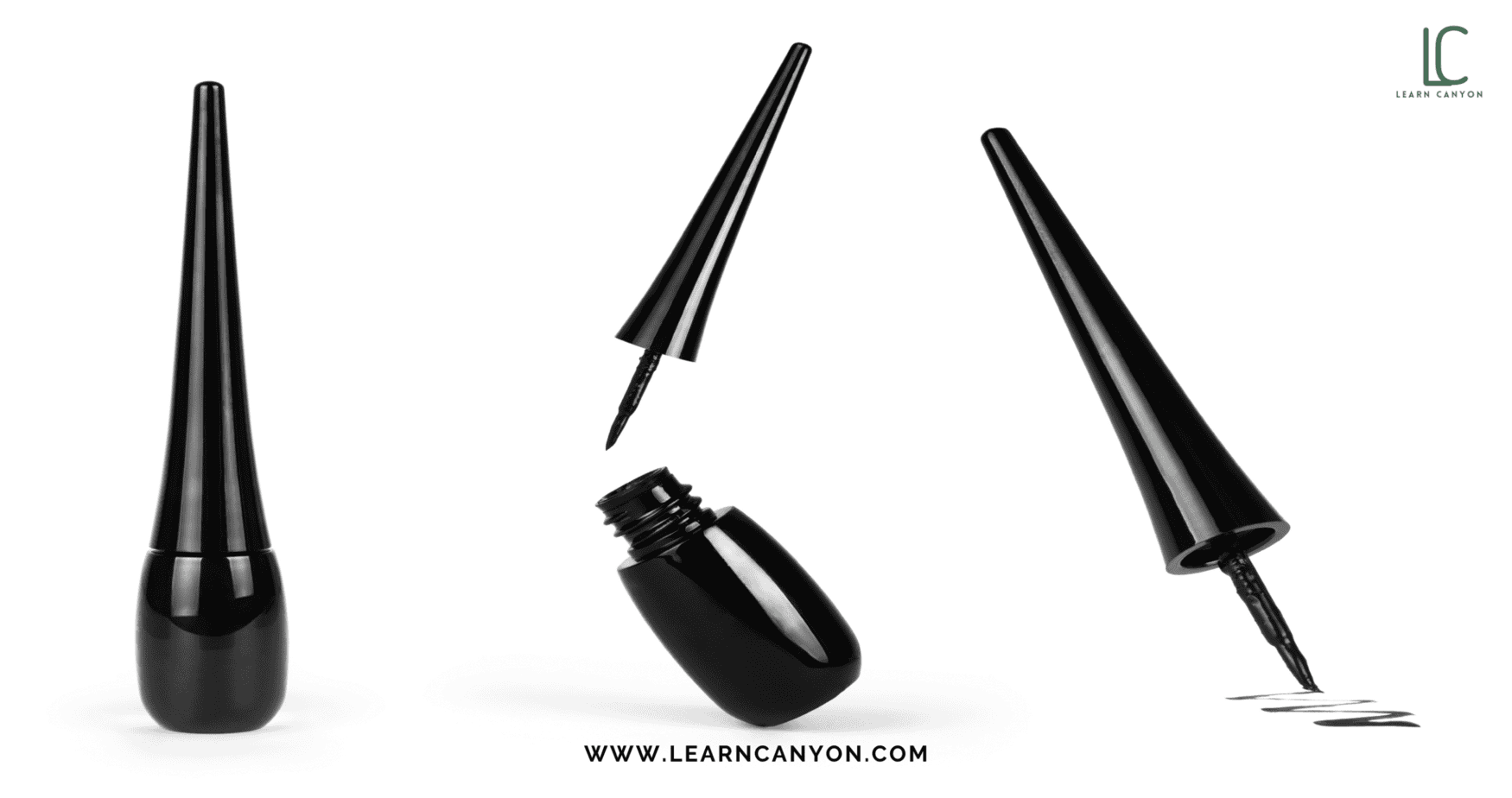
Key Notes
- Preservative: Since this product is activated with water during use (brush + water), a broad-spectrum preservative is essential. Geogard ECT, Plantaserv Q, or Leucidal + booster can work, but confirm compatibility with your oils and pH.
- pH Testing: Not required since this is an anhydrous pressed product, but check compatibility of preservative with likely wetting pH (near neutral).
- Stability: Check for hardness, ease of pick-up, smudge-resistance, and microbial stability over 8–12 weeks.
Pro Tip from My Lab
Want it to double as a brow filler or tightliner? Just adjust the pigment ratio slightly and test it wet vs dry. And for sensitive eyes, swap rice powder with arrowroot or oat starch for a softer touch.
This formula gives a deep, long-lasting finish that doesn’t smudge halfway through the day, and with a wet eyeliner brush, you’ll get rich color payoff in just one stroke. The best part? No synthetic dyes, no harsh chemicals, just pure, plant-powered confidence.
This is a secret I always share in my workshops: set your eyeliner with a matching loose mineral pigment or eyeshadow. It adds longevity without changing the look. For a smokier effect, you can softly smudge the powder along the lash line after applying the liner.
7 Application Tips to Maximize Wear
1. Start with a Clean Canvas
Oil and product buildup on your eyelids is one of the biggest culprits behind smudging. Gently cleanse and completely dry your eyelid before applying eyeliner. A dab of aloe-based toner or rose water can help prep the area without stripping moisture.
2. Use a Natural Primer or Base
If you’re prone to oily lids, this one’s a game-changer. A light dusting of natural setting powder, or a swipe of mineral concealer can create the perfect base for your eyeliner to grip onto. It sets the stage and helps lock the pigment in place.
3. Apply in Layers-Don’t Overload
Whether you’re using a cake liner with a wet brush or a pencil, build slowly. Start with a thin line, let it set, then go over if needed. Overapplying in one go can cause cracking or faster smudging, especially if the eyelid creases often.
4. Set It Like a Pro
This is a secret I always share in my workshops: set your eyeliner with a matching loose mineral pigment or eyeshadow. It adds longevity without changing the look. For a smokier effect, you can softly smudge the powder along the lash line after applying the liner.
5. Don’t Forget the Edges
One tiny detail that makes a big difference, tightlining (lining the waterline or just under the lashes) can amplify the look, but it’s also where most smudging starts. Use a water-activated cake liner for this step, as it tends to set better than creamy pencils.
6. Avoid Rubbing or Layering Too Much Skincare
If you’re applying heavy balms, serums, or rich creams around your eyes, they can break down even the best natural eyeliner. Go light on eye-area products in the morning, or allow them to fully absorb before applying makeup.
7. Carry a Touch-Up Tool
Let’s be real, life happens. Keep a clean angled brush or a cotton swab in your bag to gently fix any smudges if they appear. With natural formulas, a little blending can turn a mistake into a smoky eye moment!With these tips in your toolkit, your natural eyeliner won’t just look good when you put it on, it’ll stay looking that way all day. And the best part? You’ll know it’s clean, safe, and crafted with intention, by you.
Safety, Testing & Shelf Life
Okay, formulator-to-formulator moment here, when it comes to anything applied around the eyes, safety isn’t optional, it’s essential. The eye area is delicate, prone to irritation, and highly sensitive to microbial contamination. So even if we’re working with clean, natural ingredients, we still need to be just as diligent as any big brand when it comes to testing and shelf life.
Patch Testing Is a Must
Before using or selling any eyeliner you formulate, always do a patch test. I recommend testing on the inner arm and, if you’re really ready, gently along the lash line (using your own product only). Watch for redness, itching, or watery eyes. Even natural pigments or essential oils (if you’re using any, which I often skip in eye products) can be potential irritants.
Microbial Contamination, Let’s Talk Cleanliness
Eyeliners are often exposed to air, brushes, fingers, and lids, which means contamination is a real risk. Always sanitize your equipment, containers, and workspace thoroughly. Use airtight, clean packaging, like pans, sharpenable pencils, or screw-top jars. And if your formula includes any water (for gels or pressed cakes), you must use a broad-spectrum natural preservative.
Even anhydrous formulas benefit from antioxidants like Vitamin E to slow rancidity in oils and butters.
Shelf Life Expectations:
- Anhydrous pencil or cake eyeliners (no water): 12–18 months if stored properly
- Water-based or gel eyeliners: 3–6 months (with proper preservation)
- Opened product used with brushes: Should be replaced every 3–6 months if not preserved, especially if used regularly on the lash line or waterline
Tip: Add a batch label with your production date, trust me, your future self will thank you.
Stability & Performance Testing Tips
Want to be sure your eyeliner can hold up in real life? Try this:
- Heat test: Store it at 40°C for a few days to check for sweating or oil separation.
- Wear test: Apply on the eyes, check how it behaves through humidity, sweat, and long wear.
- Smudge test: Rub lightly after a few hours, does it hold or smear?
- Compact test (for cakes): Drop it gently or press firmly to check breakage.
At the end of the day, a natural eyeliner isn’t just about clean ingredients, it’s about clean formulation practices, thoughtful testing, and intentional care. And that’s what elevates a handmade product into a professional-grade formulation. You’re not just making makeup, you’re building trust with every swipe.
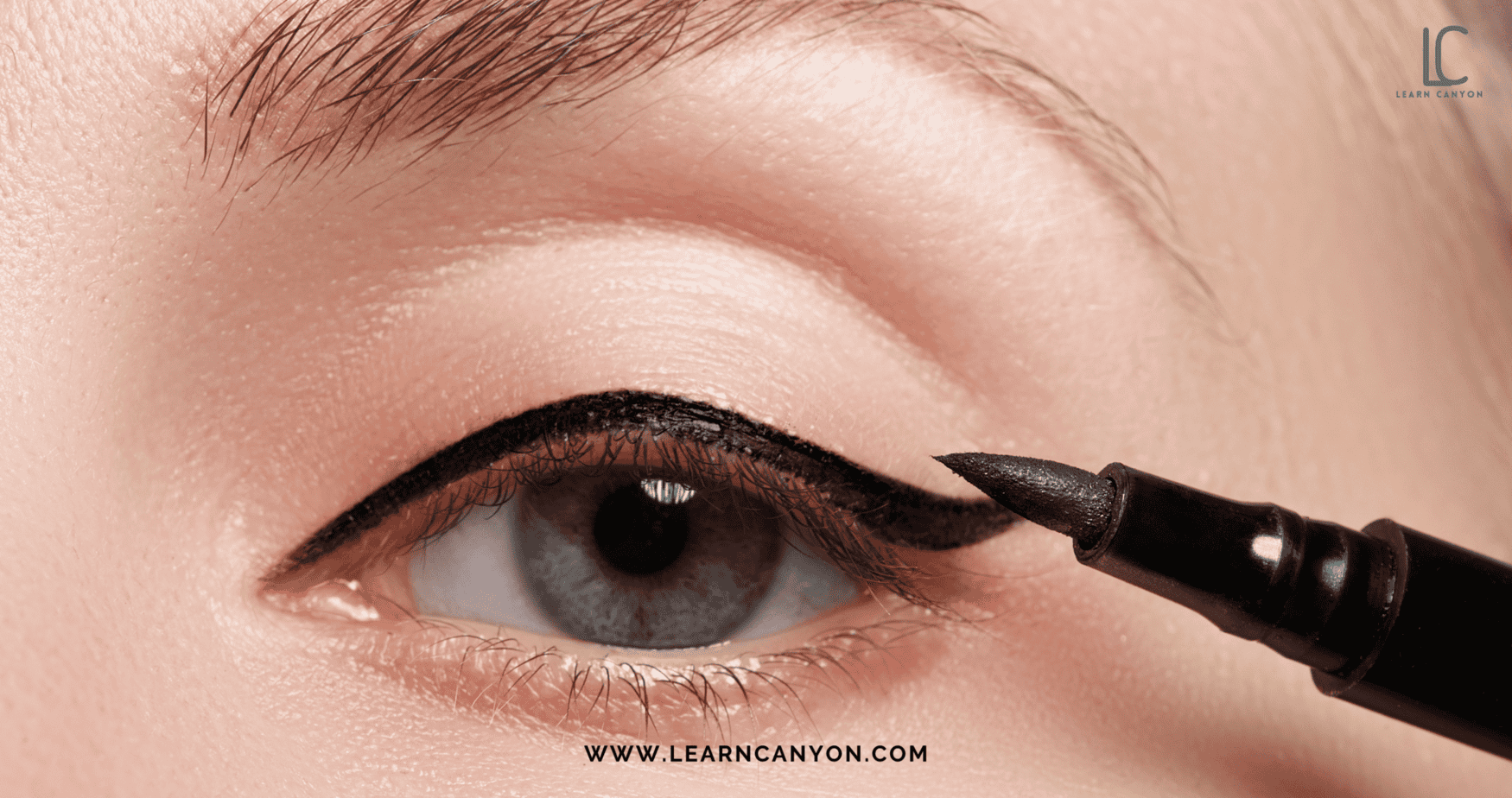
Conclusion
There’s something incredibly powerful about crafting your own eyeliner, especially when it’s clean, safe, and smudge-free. It’s more than just makeup; it’s a quiet confidence that says, “I know exactly what I’m putting near my eyes.” And that? That’s empowerment.
As a formulator, I always say that even the tiniest product, like an eyeliner, can hold so much intention. You’ve balanced structure with glide, performance with purity, pigment with precision. You’ve created something that enhances beauty while honoring health. That’s the real magic of natural formulation.
So whether you’re making eyeliner for yourself, your clients, or your brand, let every batch remind you of this: you don’t need harsh synthetics to create something bold. You just need knowledge, purpose, and a passion for doing beauty differently.
Every line you draw is a stroke of self-expression, and now, it’s backed by your science and soul.

